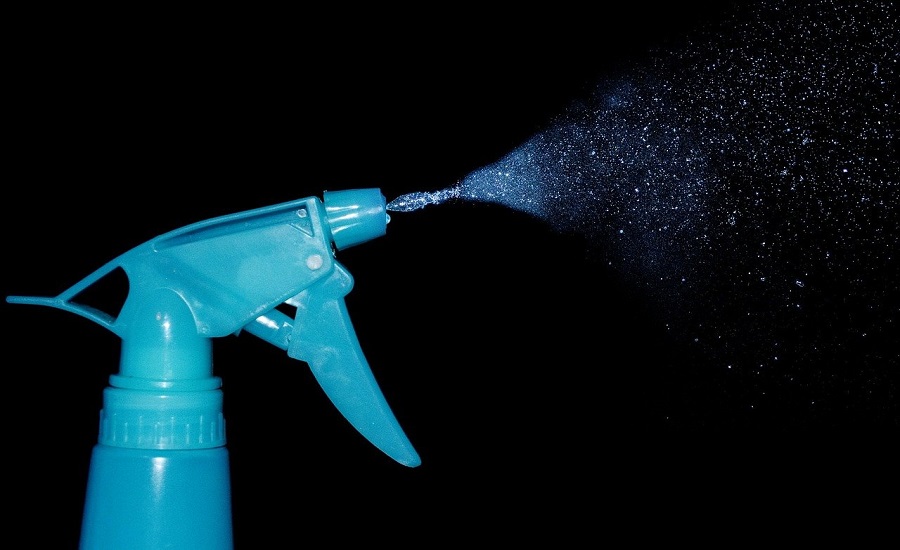Wonder Makers’ expertise in the area of infection control has been validated repeatedly during the COVID 19 pandemic. Our involvement in the initial development of, and multiple timely updates to, the restoration industry white papers regarding proper response to the SARS CoV-2 virus is just one very visible example. Assisting multiple clients with the development and implementation of their in-house protocols for safe re-opening of their facilities, and sharing expertise through articles and webinars also highlights our reputation for providing realistic answers to COVID-19 related questions.
It is no surprise that the latest round of fresh information from the Center for Disease Control and Prevention (CDC) led one of our clients to ask a straightforward question (lightly edited to protect the client's identity):
"We were wondering if the cleaning guidance or protocols for cleaning facilities has changed recently. We are hearing from team members that increased focus on cleaning is no longer necessary. They are indicating that since there are news articles that say that surface to surface transmission of the virus is such a low risk, it is no longer necessary. They suggested that we discontinue cleaning surfaces and focus, instead, on air quality."
In response to the question, we confirmed that there was an April 5, 2021 announcement by the CDC that had generated plenty of discussion about whether surfaces needed to be cleaned. Rather than rely on news reports, which can sometimes add to the confusion rather than reduce it, it is best to start with the facts. The current CDC guidance entitled: Cleaning And Disinfecting Your Facility; Every Day And When Someone Is Sick, was indeed updated on 4/5/21. The lead off paragraph of that document still states (underline and bold font is from the CDC):
The virus that causes COVID-19 can land on surfaces. It’s possible for people to become infected if they touch those surfaces and then touch their nose, mouth, or eyes. In most situations, the risk of infection from touching a surface is low. The most reliable way to prevent infection from surfaces is to regularly wash hands or use hand sanitizer. Cleaning and disinfecting surfaces can also reduce the risk of infection.
That document also references another CDC document which is a summary of a recent study entitled: Science Brief: SARS-CoV-2 and Surface (Fomite) Transmission for Indoor Community Environments. The key part of that document states:
Because of the many factors affecting the efficiency of environmental transmission, the relative risk of fomite transmission of SARS-CoV-2 is considered low compared with direct contact, droplet transmission, or airborne transmission. However, it is not clear what proportion of SARS-CoV-2 infections are acquired through surface transmission.
So, the result is that even with their new study, the CDC does not know how much good surface cleaning does for COVID control, or how much harm will come from stopping such cleaning. Because of that, they still are recommending "regular" cleaning and disinfecting of surfaces. The term regular depends on the type of facility. Businesses with significant interaction with the public are considered to be "high traffic" structures, and regular cleaning generally means at least daily, if not on a more frequent basis.
Those are the facts. The confusion was basically promulgated by the media reporting of the study. They focused on the first sentence of the quote above from the Science Brief and down-played all the rest. Hence, the misunderstanding that "we do not need to focus on cleaning surfaces".
Given this information, the best advice to the client who asked the question, and the entire restoration industry, is to share this explanation with their team members and customers. It is also strongly recommended that, right now, companies do not change their established cleaning protocols.
Decades of research has shown that for the vast majority of organizations, a regular program of effective cleaning and judicious application of disinfectants, while perhaps of limited provable use for COVID mitigation, has had a clear and undeniable effect on the reduction of other diseases. Just as important, such efforts have a measurably positive effect on the overall atmosphere of safety for the organization.
By taking cleaning and disinfection seriously, it helps enable employees and visitors to feel safer while also reinforcing the seriousness with which the organization addresses the health and well-being of all occupants. That makes cleaning surfaces as part of a COVID response extremely valuable; regardless of the approach to the data of a particular news report.

Recent Comments
Agility
Information
Thanks for sharing this with us here....
Great Post. Thanks for sharing with us a...
Really great Post. really useful for me as...